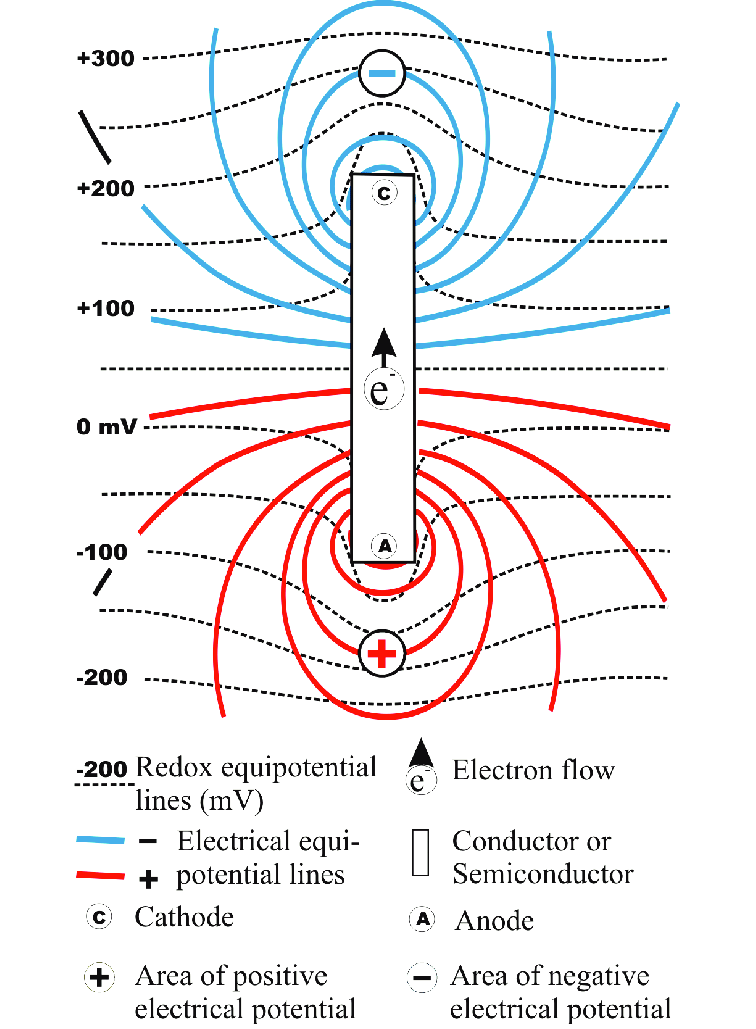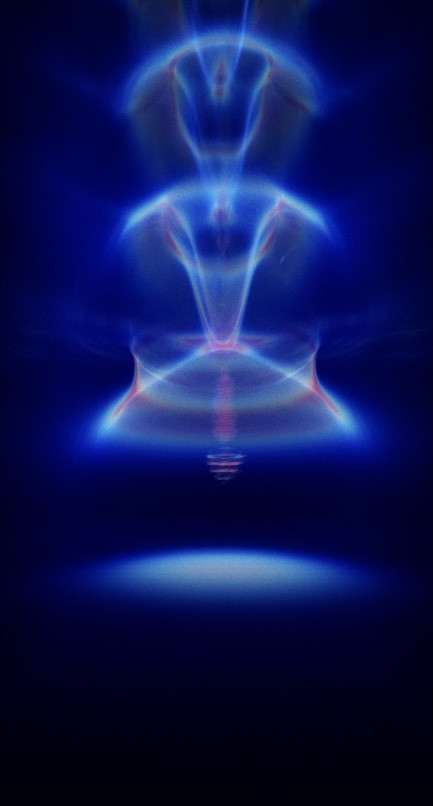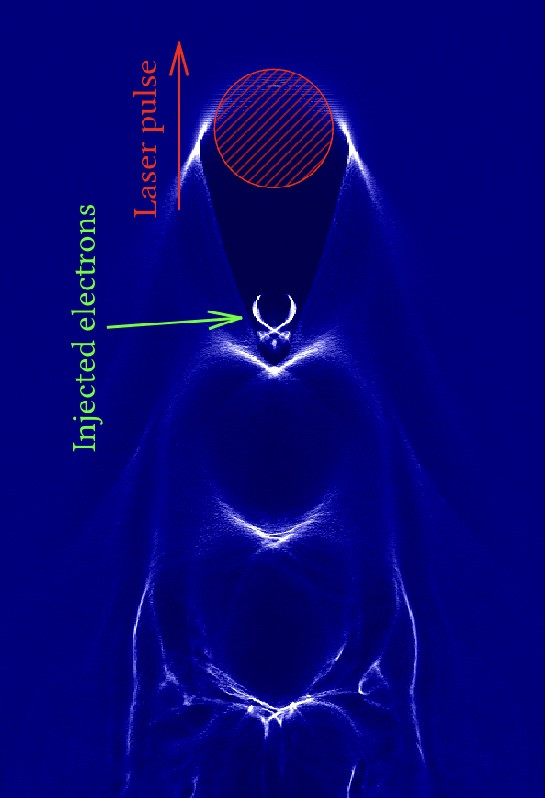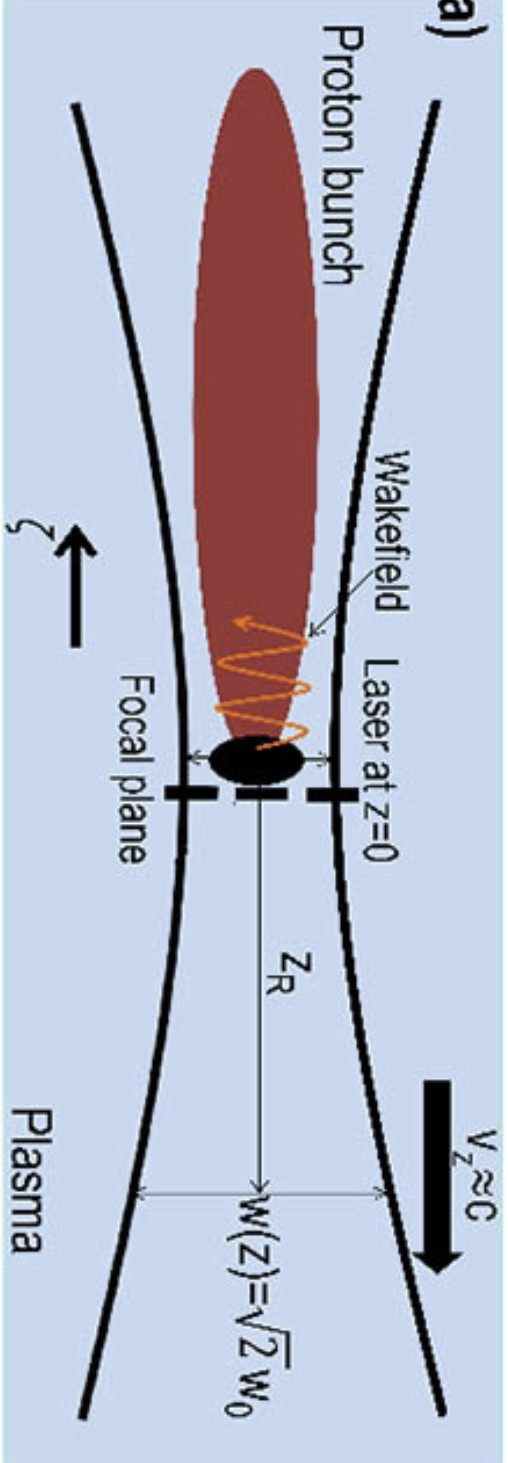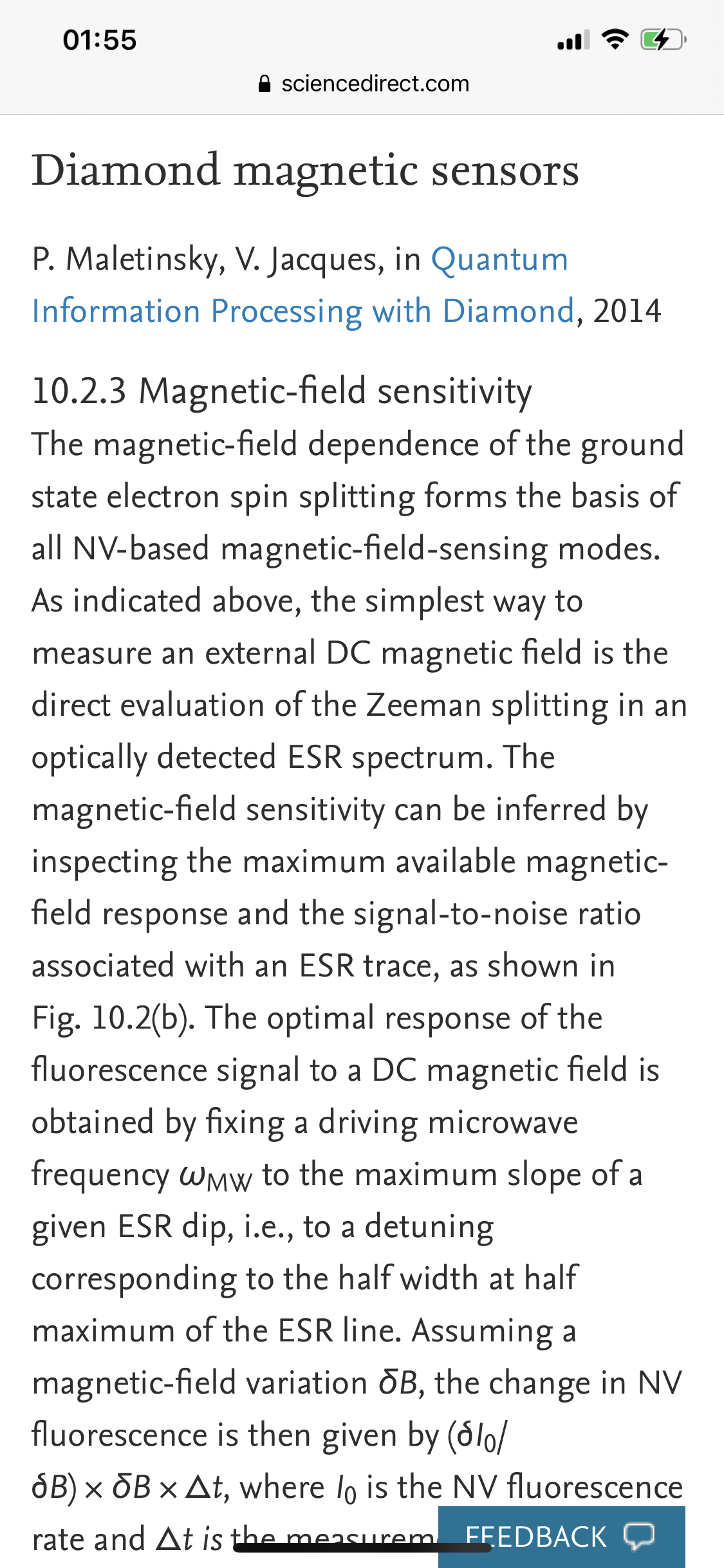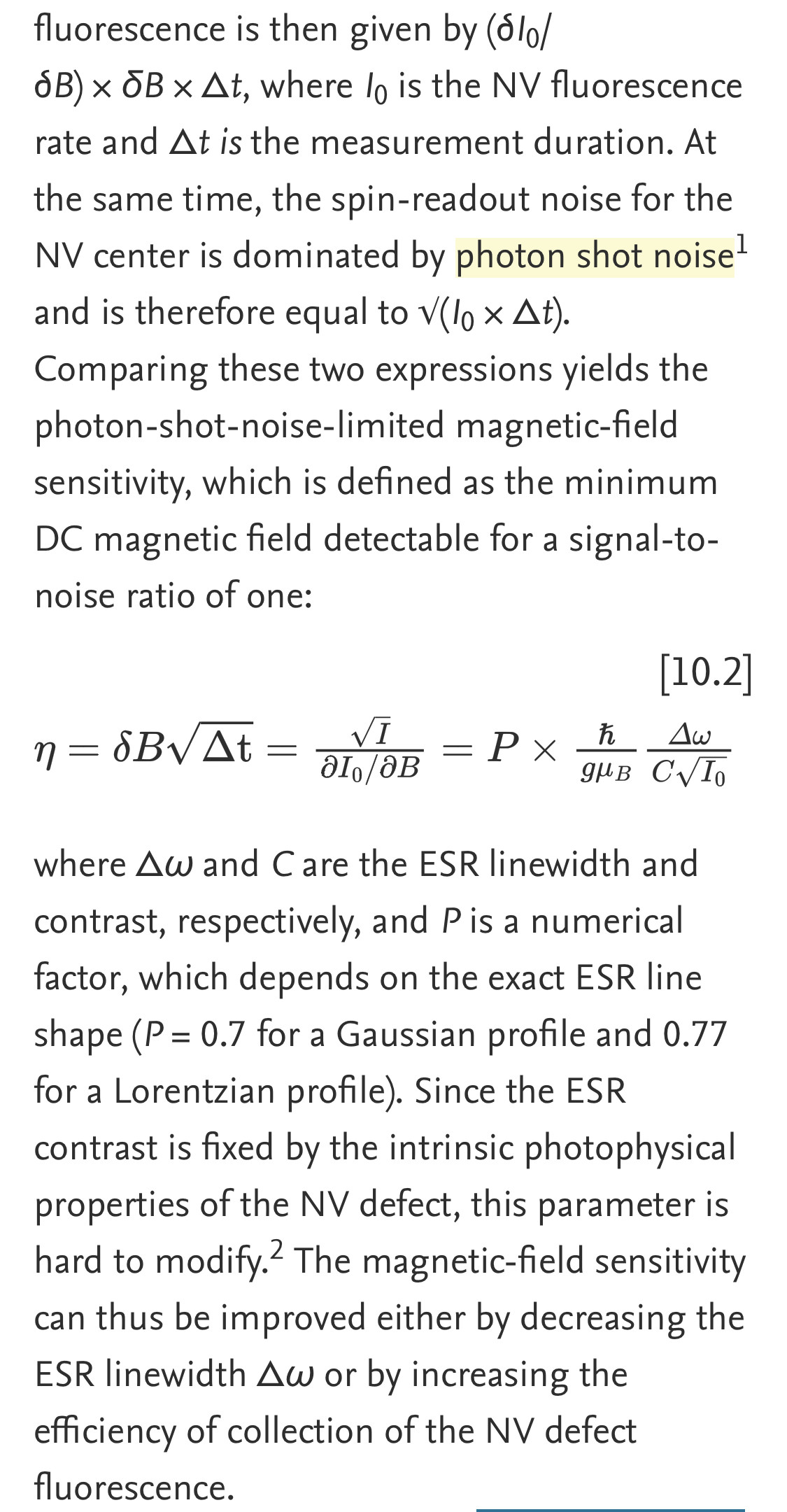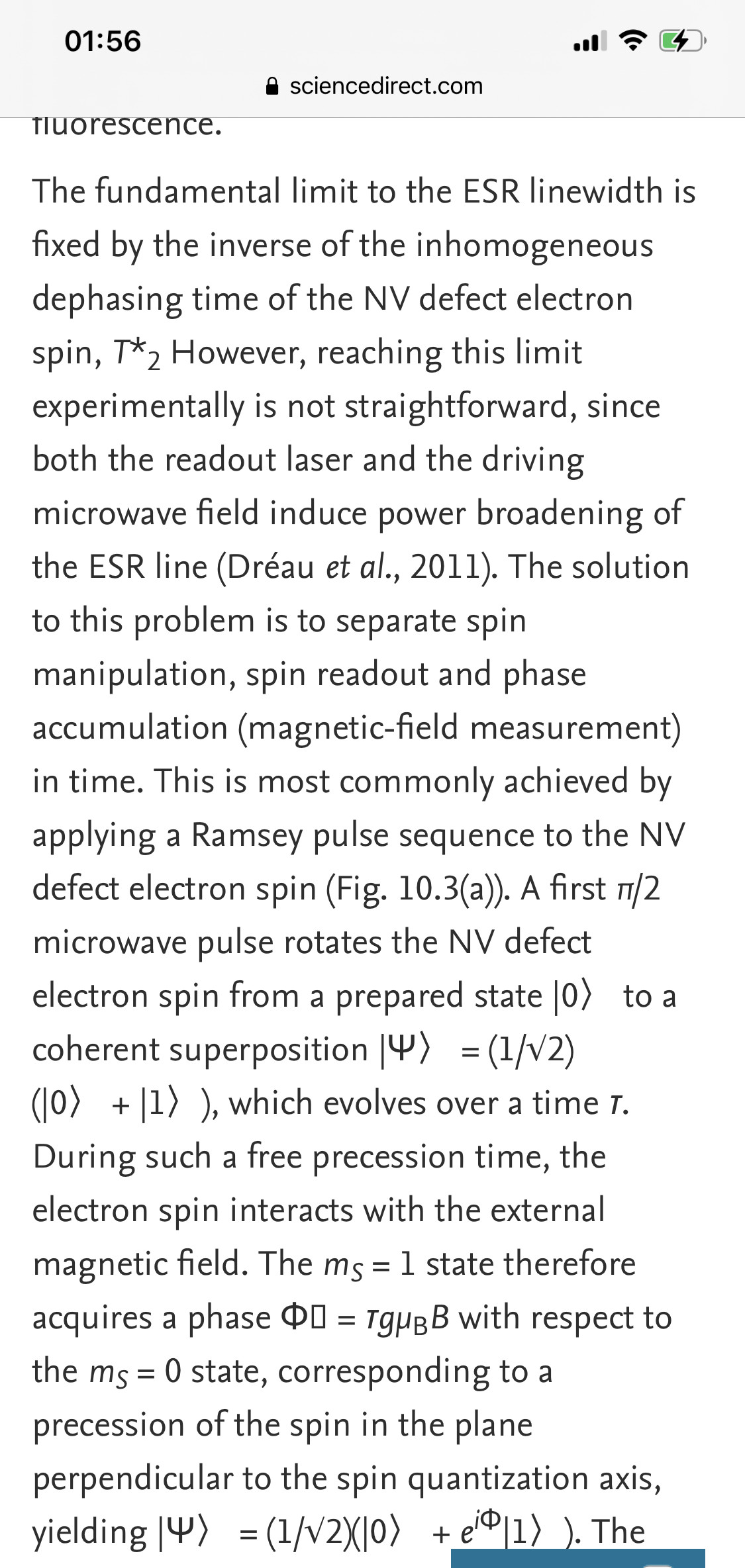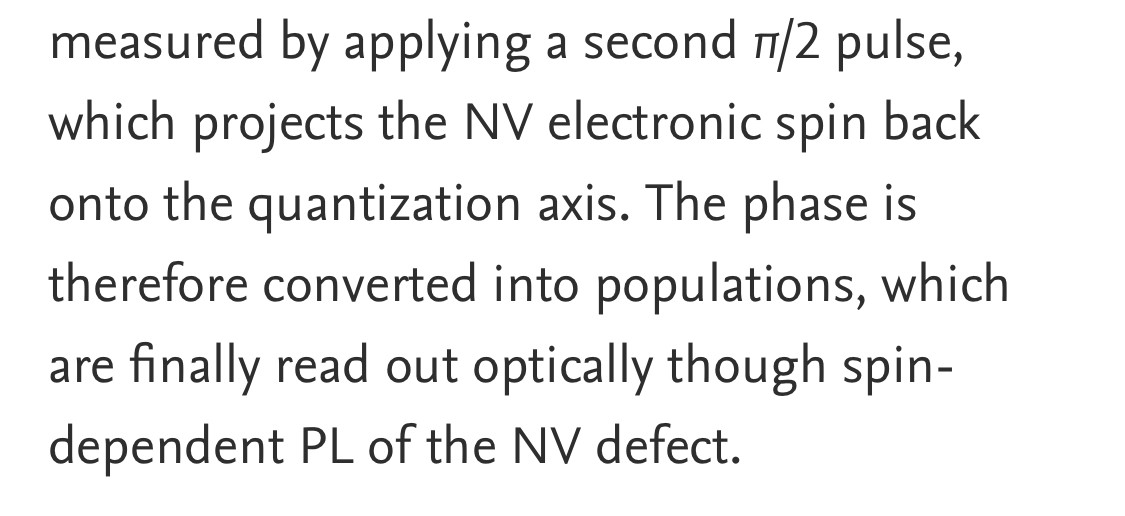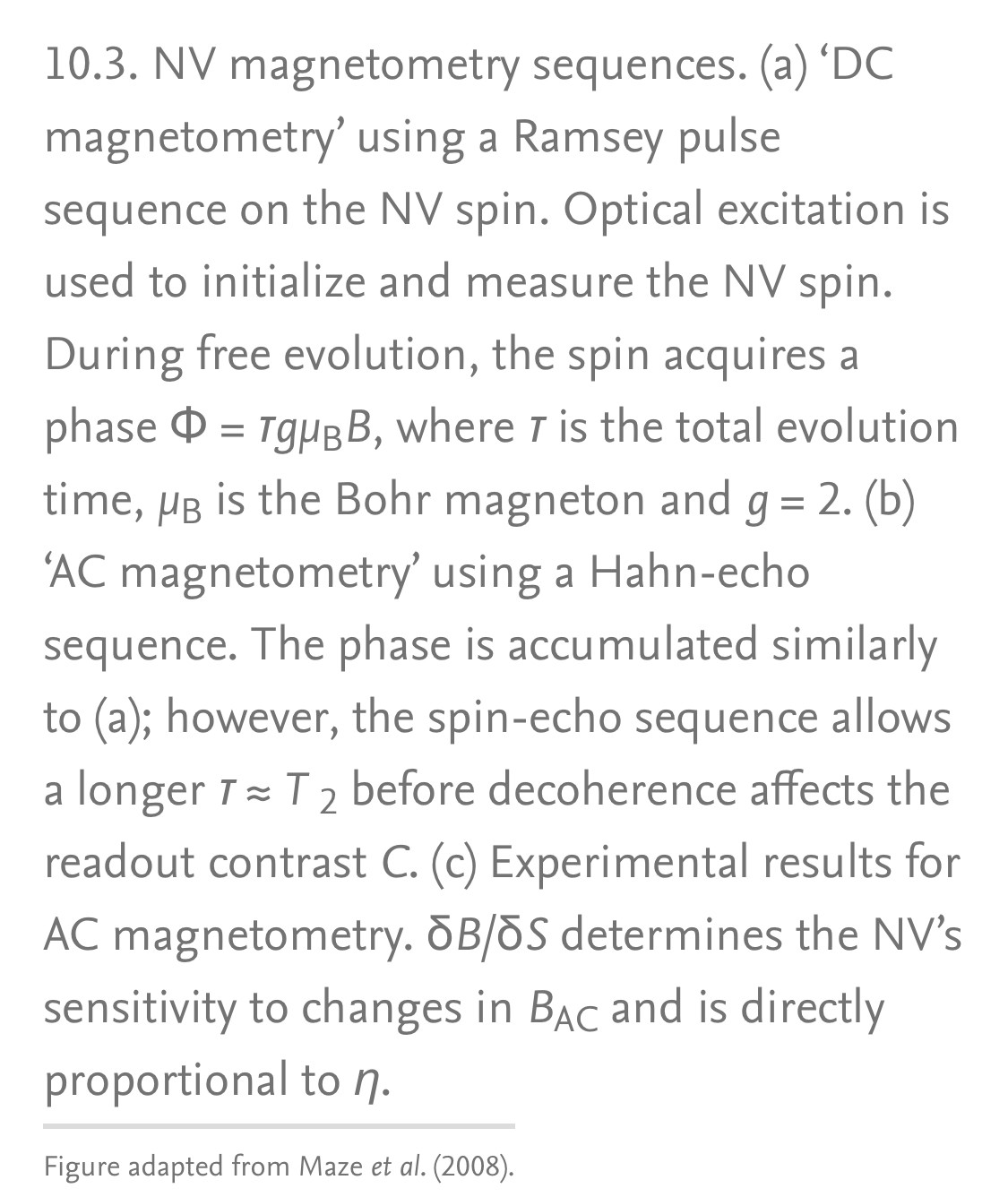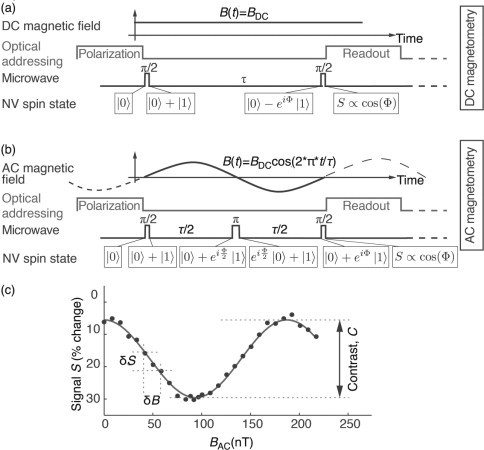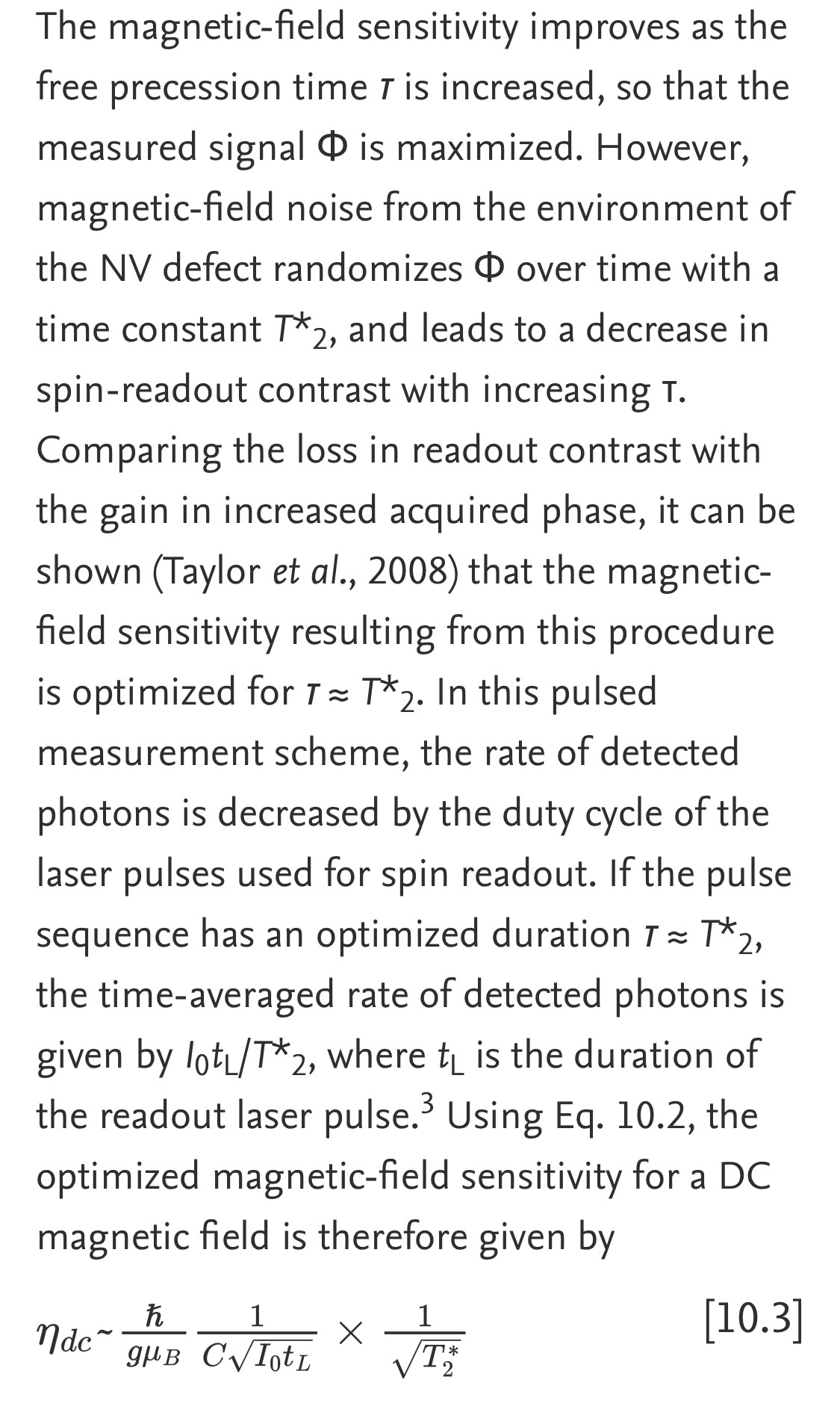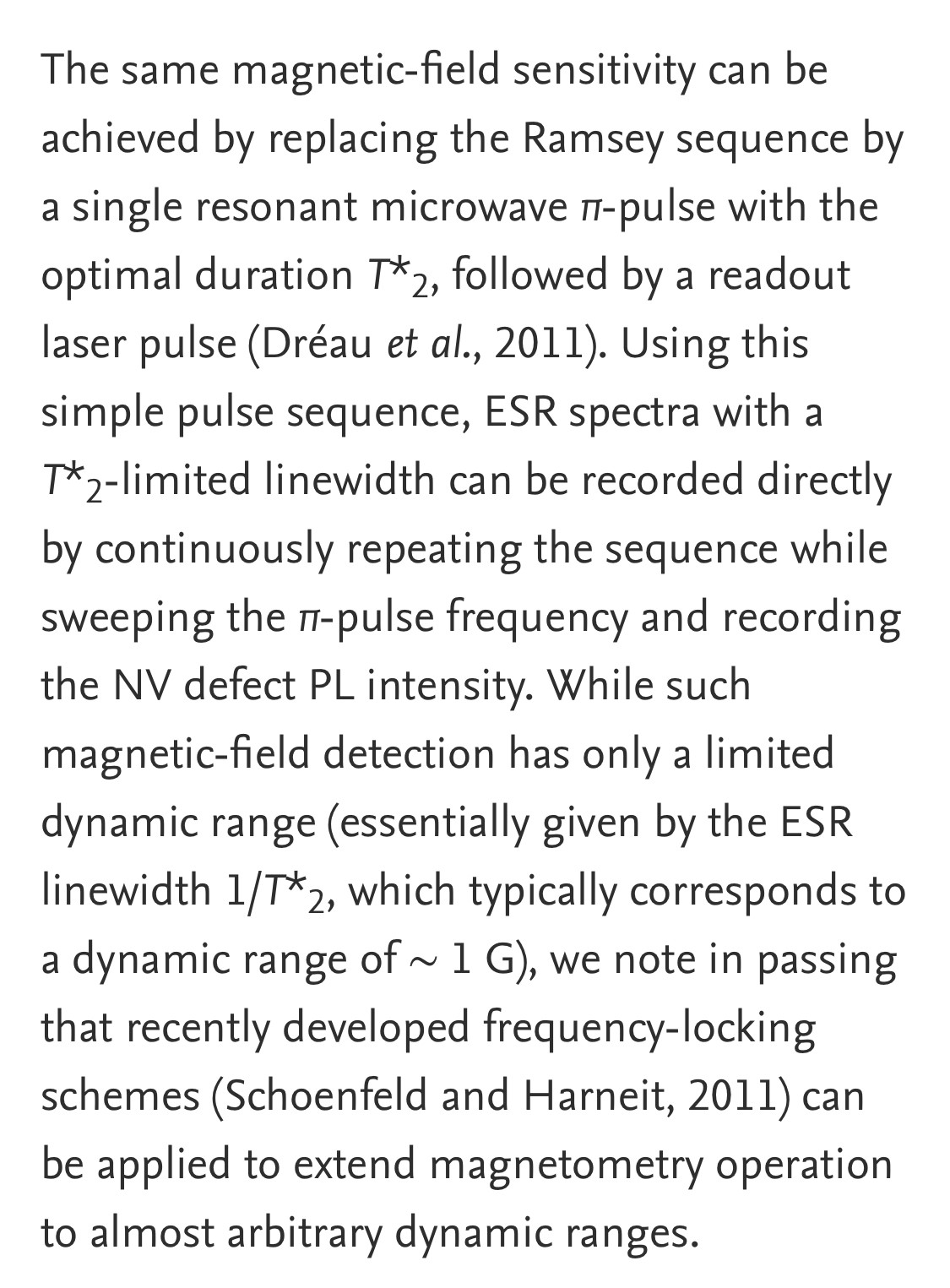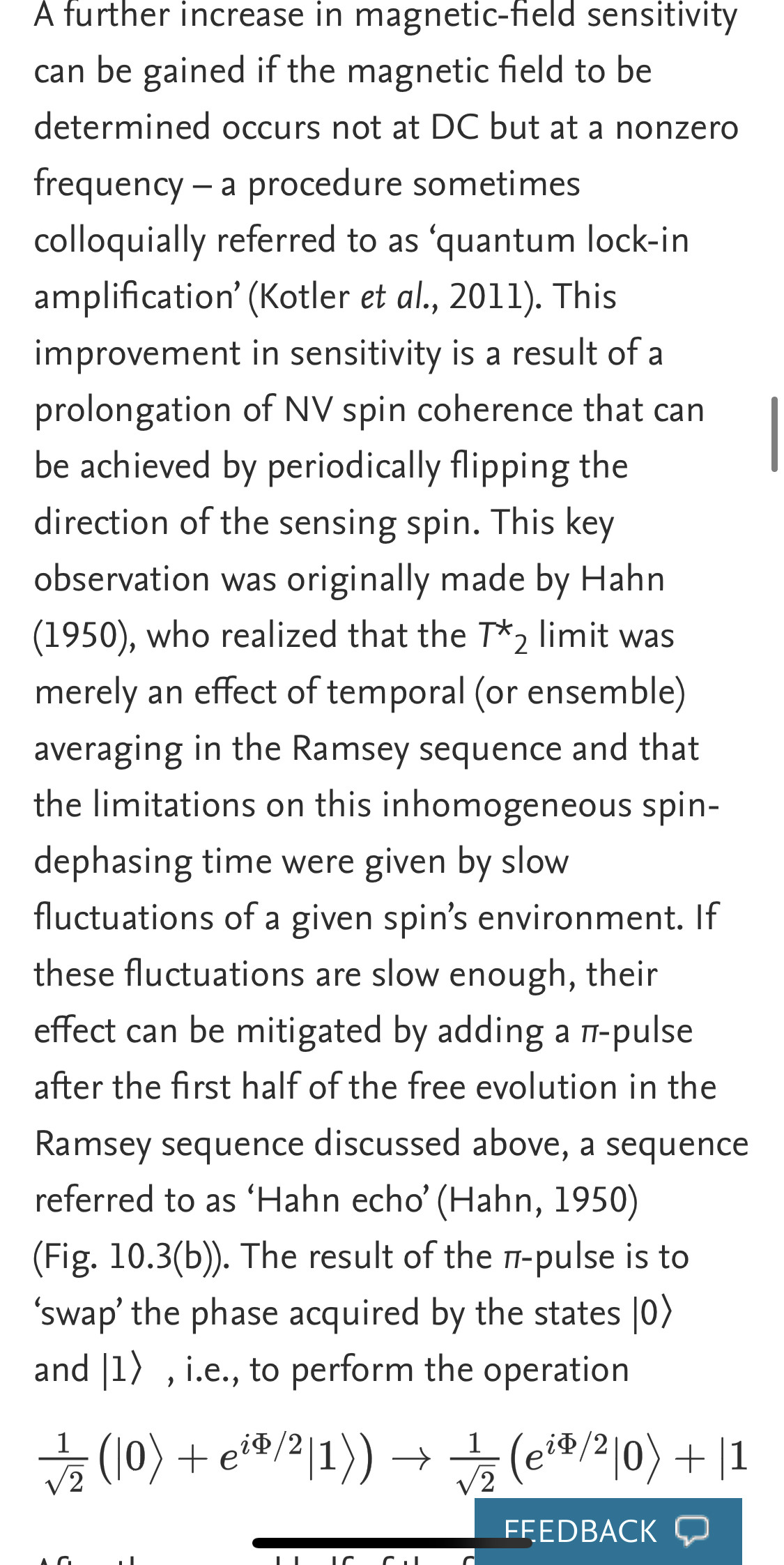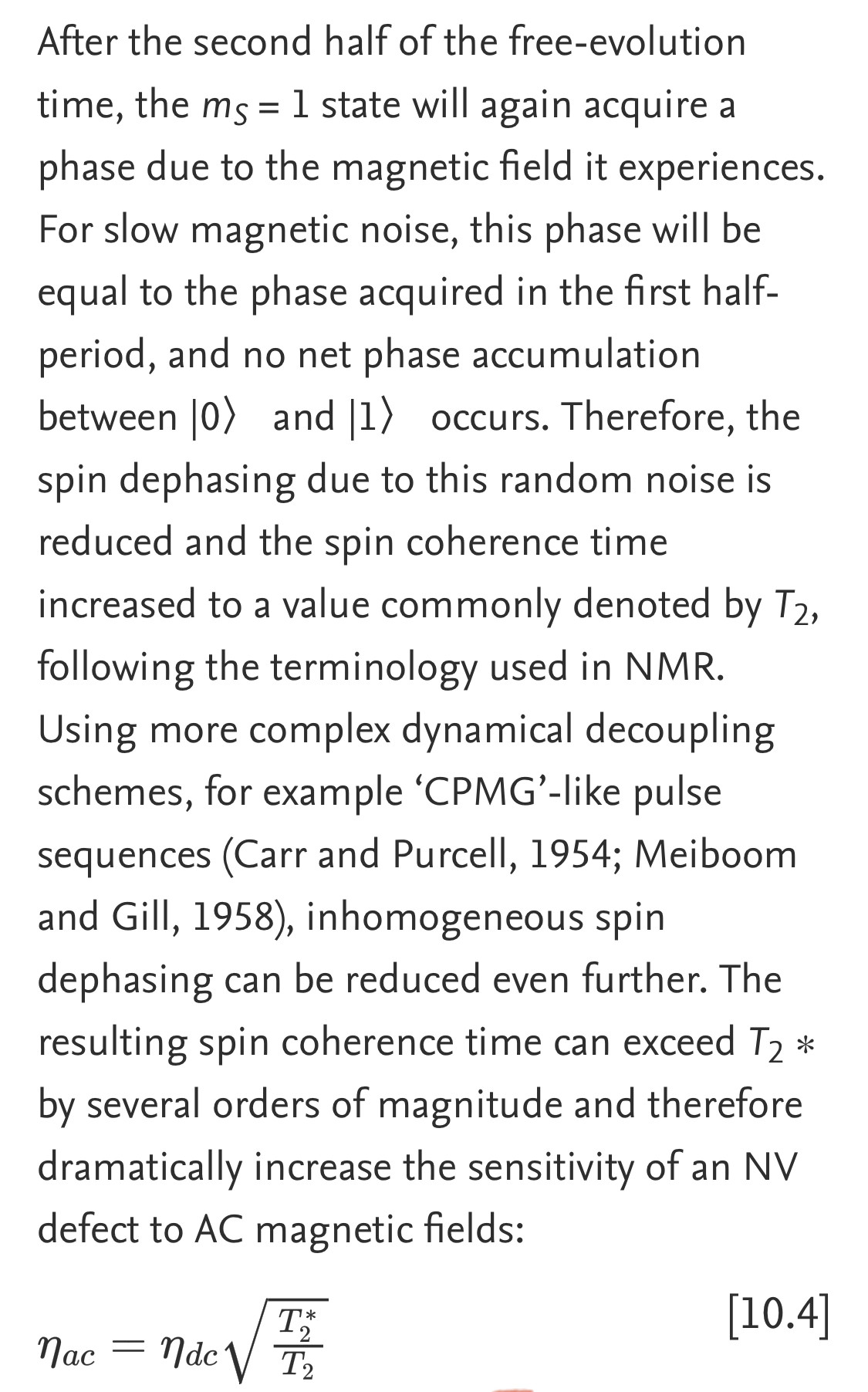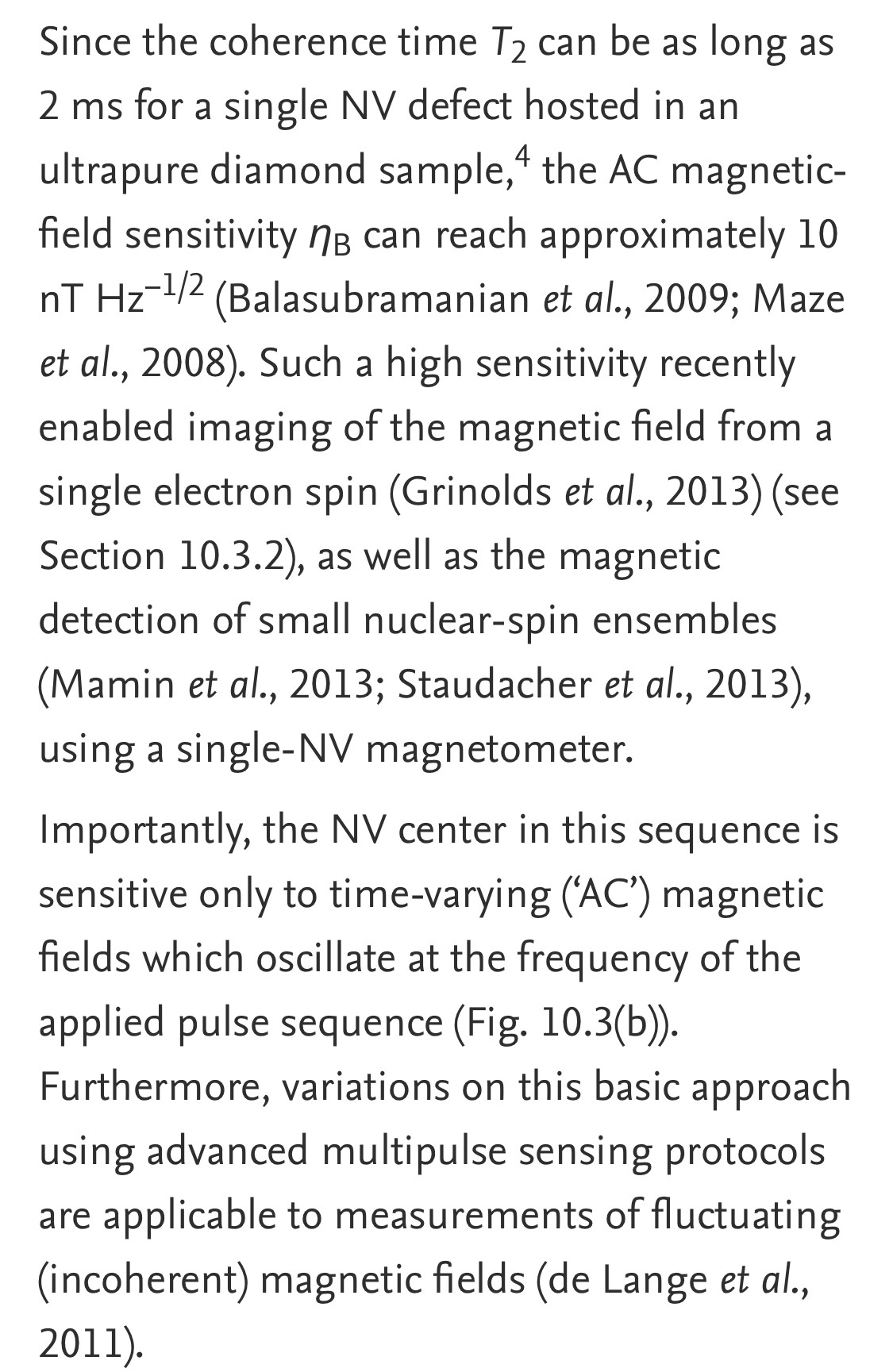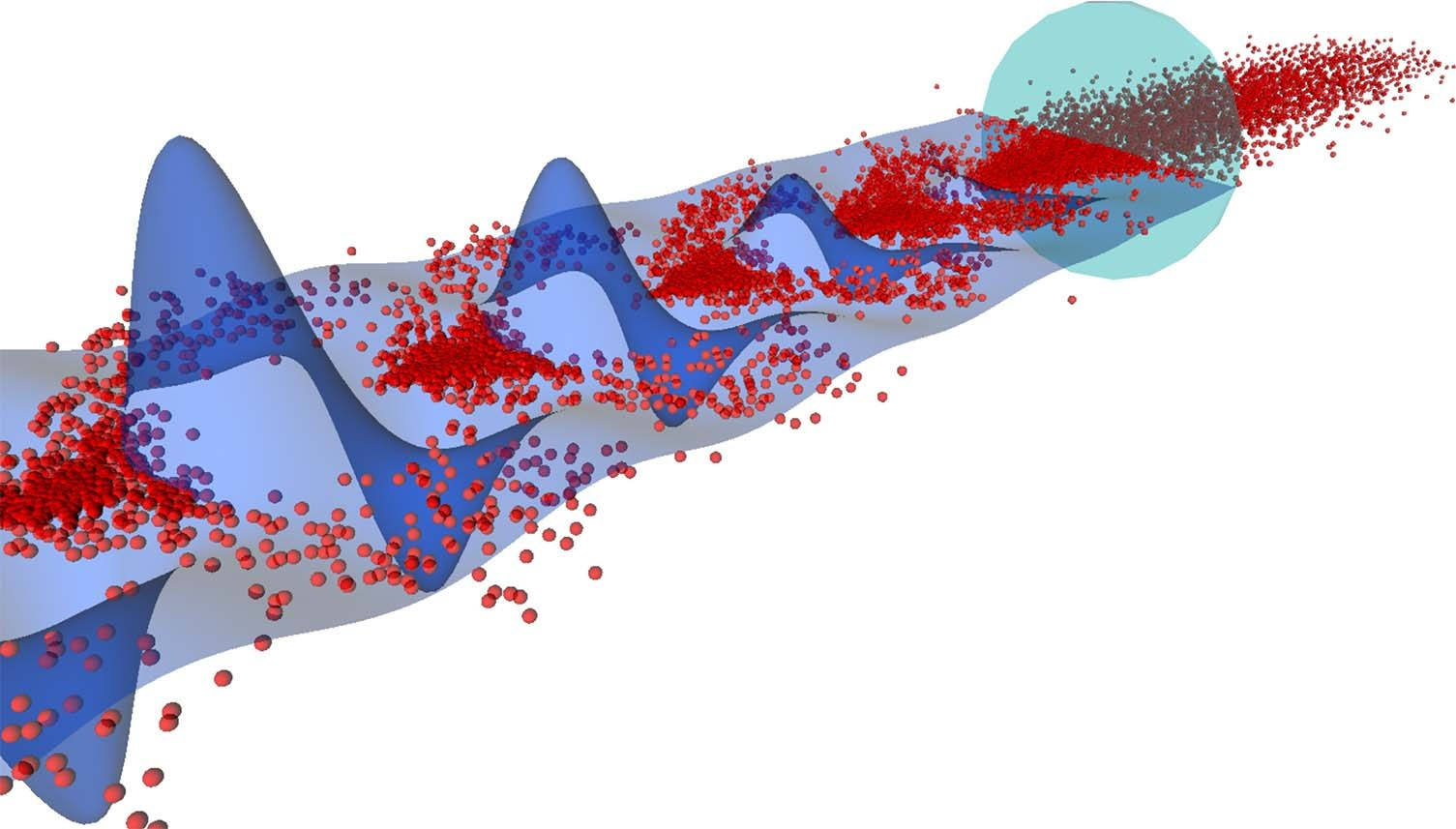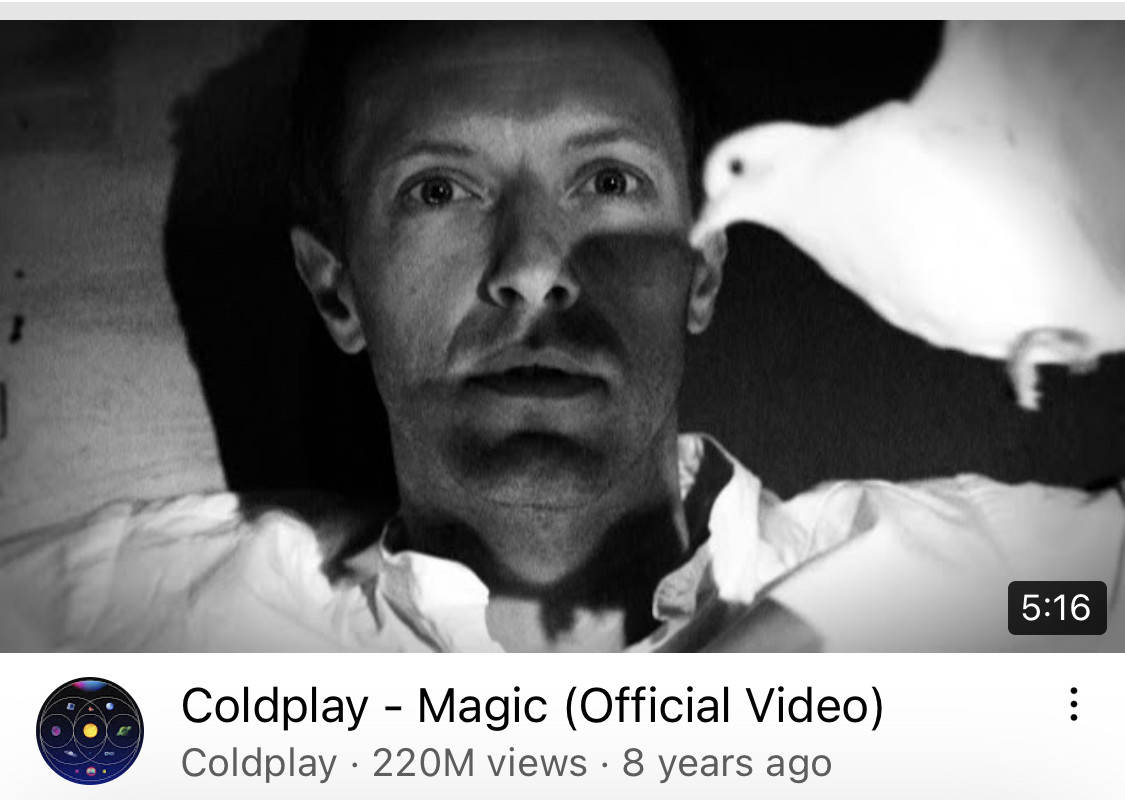First Love
1 John 4:19 We love him, because he first loved us.
https://www.youtube.com/watch?v=xfrsSoBkigM&ab_channel=jay-aie
🕊Blest be the tie that binds
our hearts in Christian love;
the fellowship of kindred minds
is like to that above.🕊
Having departed from the temple, Jesus said, "Do not the guests assemble in the antechamber before entering the feasthall?
There, the hands and feet are washed, the head anointed, and small foods to whet the
appetite are eaten.
Even so is the Earth the antechamber of the Kingdom of Heaven."
mid 17th century (as antichamber ): from French antichambre, from Italian anticamera, from anti- ‘preceding’ + camera (see chamber).
antechamber
/ˈantɪtʃeɪmbə/
noun: antechamber; plural noun: antechambers; noun: ante-chamber; plural noun: ante-chambers
a small room leading to a main one.
lead
/liːd/
verb
gerund or present participle: leading
precede
/prɪˈsiːd/
verb
gerund or present participle: preceding
come before (something) in time.
ding (plural dings)
The high-pitched resonant sound of a bell.
Homophone: seeding
Verb
ceding
present participle of cede
A / C E D I N G
S E E D I N G
An accurate description of noise levels is of crucial importance for the correct simulation of instability-driven processes, such as the density modulation of a long proton bunch traversing a plasma.
To insure that the correct instability develops, a seed field must be larger than the cumulative shot noise. We develop an analytical theory of the noise field and compare it with multidimensional simulations. We find that the natural noise wakefield generated in a plasma by the CERN Super Proton Synchrotron bunches is very low, at the level of 10 kV / m. This fortunate fact eases the requirements on the seed. Our three-dimensional simulations show that even a few tens MeV electron bunch precursor of a very moderate intensity is sufficient to seed the proton bunch self-modulation in plasma.
Vacuum chambers are used in the biopharmaceutical industry for drying, degassing, sterilizing, cooling, distilling, and crystallizing medications.
The optimal response of the fluorescence signal to a DC magnetic field is obtained by fixing a driving microwave frequency ωMW to the maximum slope of a given ESR dip, i.e., to a detuning corresponding to the half width at half maximum of the ESR line. Assuming a magnetic-field variation δB, the change in NV fluorescence is then given by (∂I0/∂B) × δB × Δt, where I0 is the NV fluorescence rate and Δt is the measurement duration. At the same time, the spin-readout noise for the NV center is dominated by photon shot noise
A fundamental limit to the optical intensity noise as observed in many situations (e.g. in measurements with a photodiode or a CCD image sensor) is given by shot noise. This is a quantum noise effect, related to the discreteness of photons and electrons. Originally, it was interpreted as arising from the random occurrence of photon absorption events in a photodetector, i.e. not as noise in the light field itself, but a feature of the detection process: intensity noise at the shot noise level is obtained when the probability for an absorption event per unit time is constant and not correlated with former events. However, the existence of amplitude-squeezed light, which exhibits intensity noise below the shot noise level (sub-Poissonian intensity noise), proves that shot noise must be interpreted as a property of the light field itself, rather than as an issue of photodetection.
Note, however, that noise measurements at high optical power levels often require optical attenuation, which raises the shot noise level of the relative intensity (→ relative intensity noise). In such situations, the detector setup (including the attenuator) is substantially responsible for increased shot noise.
Intensity noise at the shot noise level is obtained e.g. for a so-called coherent state, which may be approximated by the output of a laser at high noise frequencies. At lower noise frequencies, laser noise is normally much higher due to relaxation oscillations, mode hopping, excess pump noise, and other phenomena. The intensity noise of a simple incandescent lamp is close to the shot noise level. Noise below the shot noise level is obtained for amplitude-squeezed light, which can be obtained e.g. by transforming an original coherent state with the help of nonlinear interactions.
Linear absorption of light also pulls the noise level closer to the shot noise level. Therefore, the noise registered with a photodetector having a low quantum efficiency may be close to shot noise even if the incident light is well below the shot noise level.
Note also that background light often introduces not only just a constant addition to an actual signal, but also the corresponding shot noise. That makes it more difficult, for example, to detect a weak signal if the detector is at the same time affected by substantially more intense sunlight.


